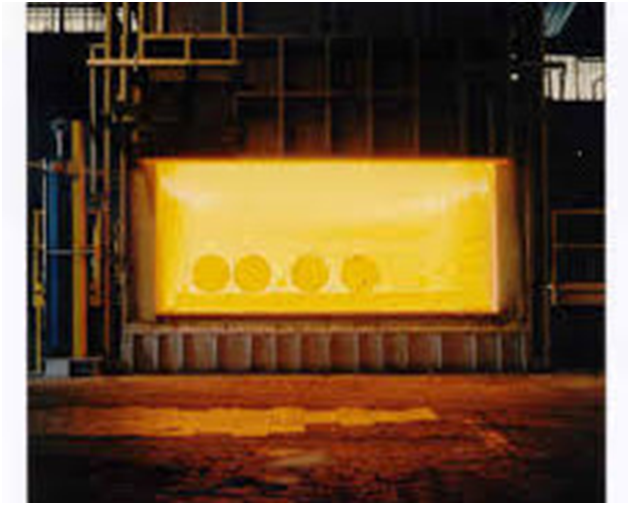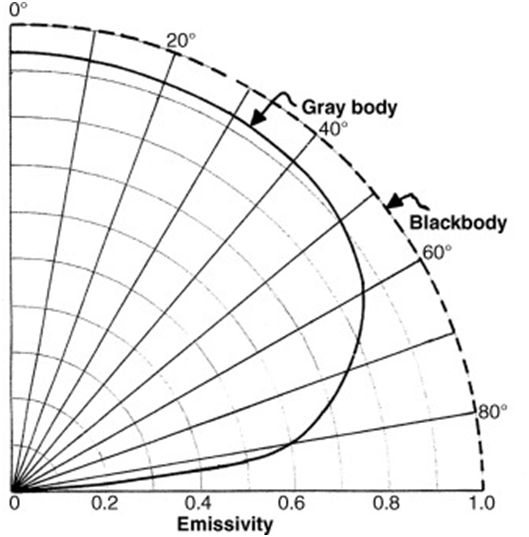No. You could not see by blackbody radiation in either IR or visible regardless of brightness.
To be able to “see” something depends on both brightness and contrast. There may be enough radiation (visible or infrared) but if there is no contrast between object and surround, the object cannot be discerned.
Low contrast is the problem in the “polar bear in a snow storm” scenario. The object (bear) and surround (snowscape) have the same reflectivity so the bear cannot be discerned by reflected light.
In a landscape illuminated by its own blackbody radiation, all objects with the same emissivity will have the same brightness and cannot be discerned from each other. An object in a forging furnace is initially black against the bright red interior. As its temperature equilibrates with the furnace, it almost disappears.
Some low level contrast is still present since the angular emissivity of real grey-body objects is not perfectly isotropic like an idealized black-body.
https://www.sciencedirect.com/topics/earth-and-planetary-sciences/emissivity
The image below is an Earth FLIR landscape by night time blackbody radiation. No foreground detail can be seen.
So on Venus at night, using FLIR or not, you would see a relatively featureless landscape under a slightly darker, featureless sky.


